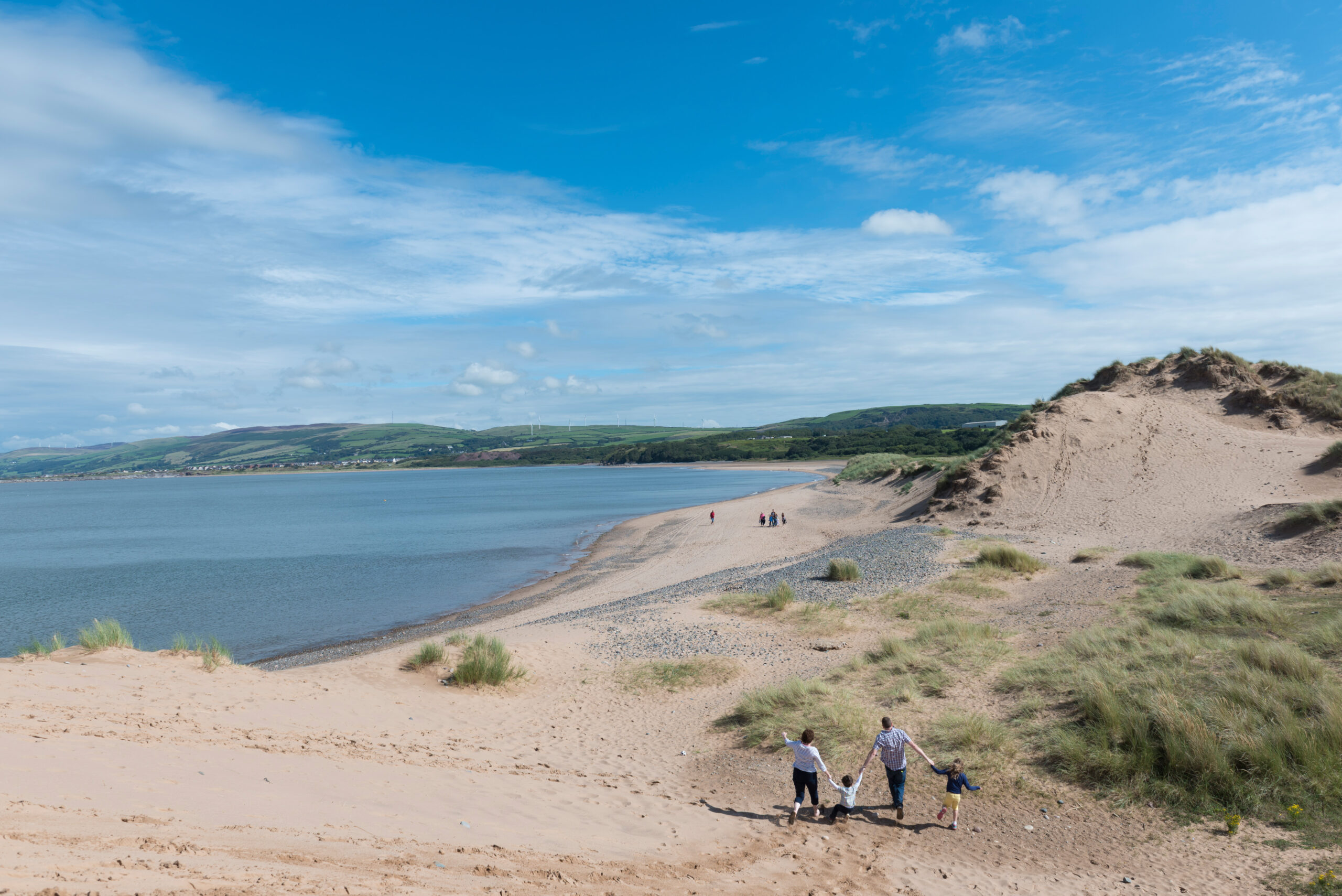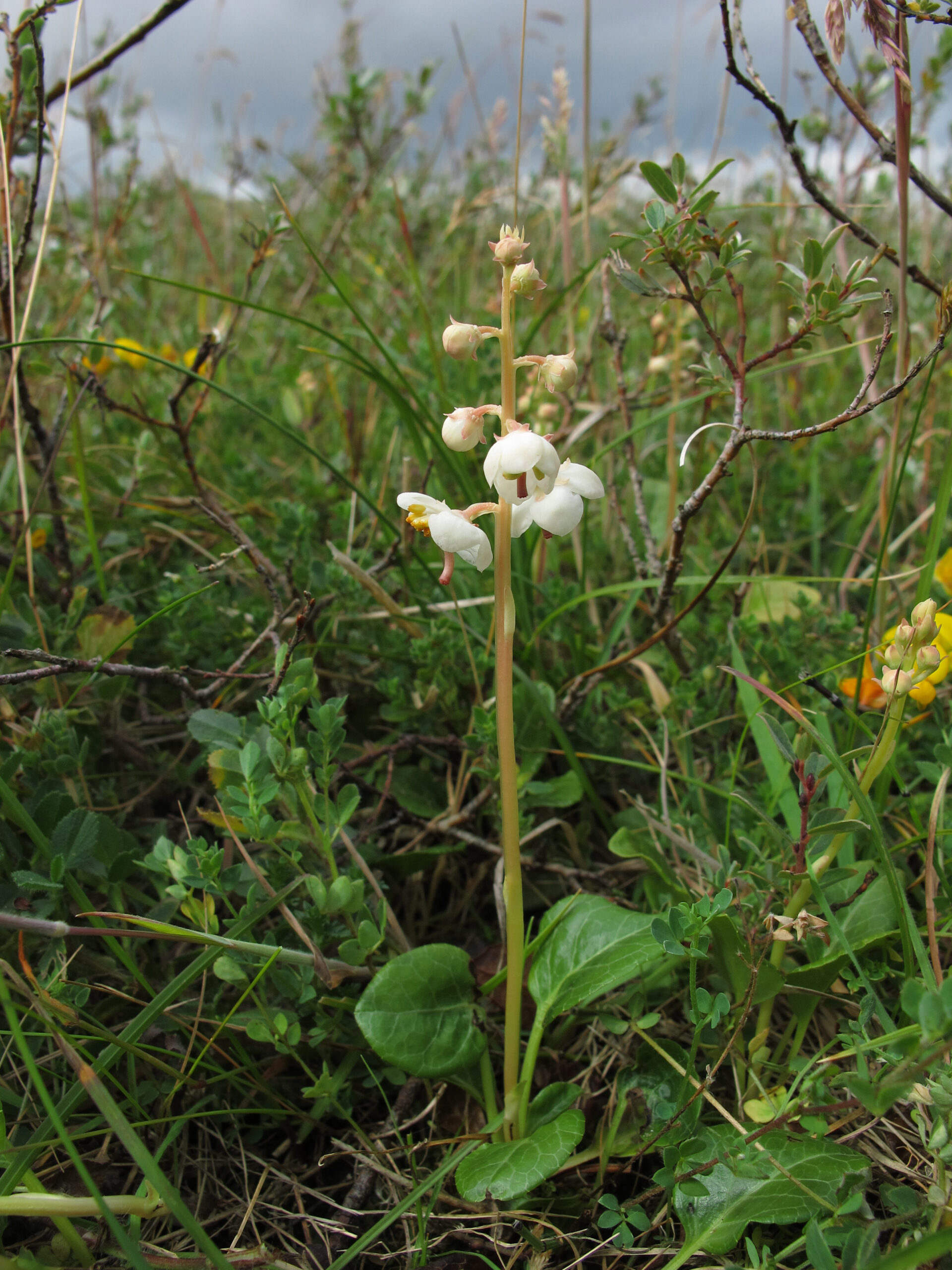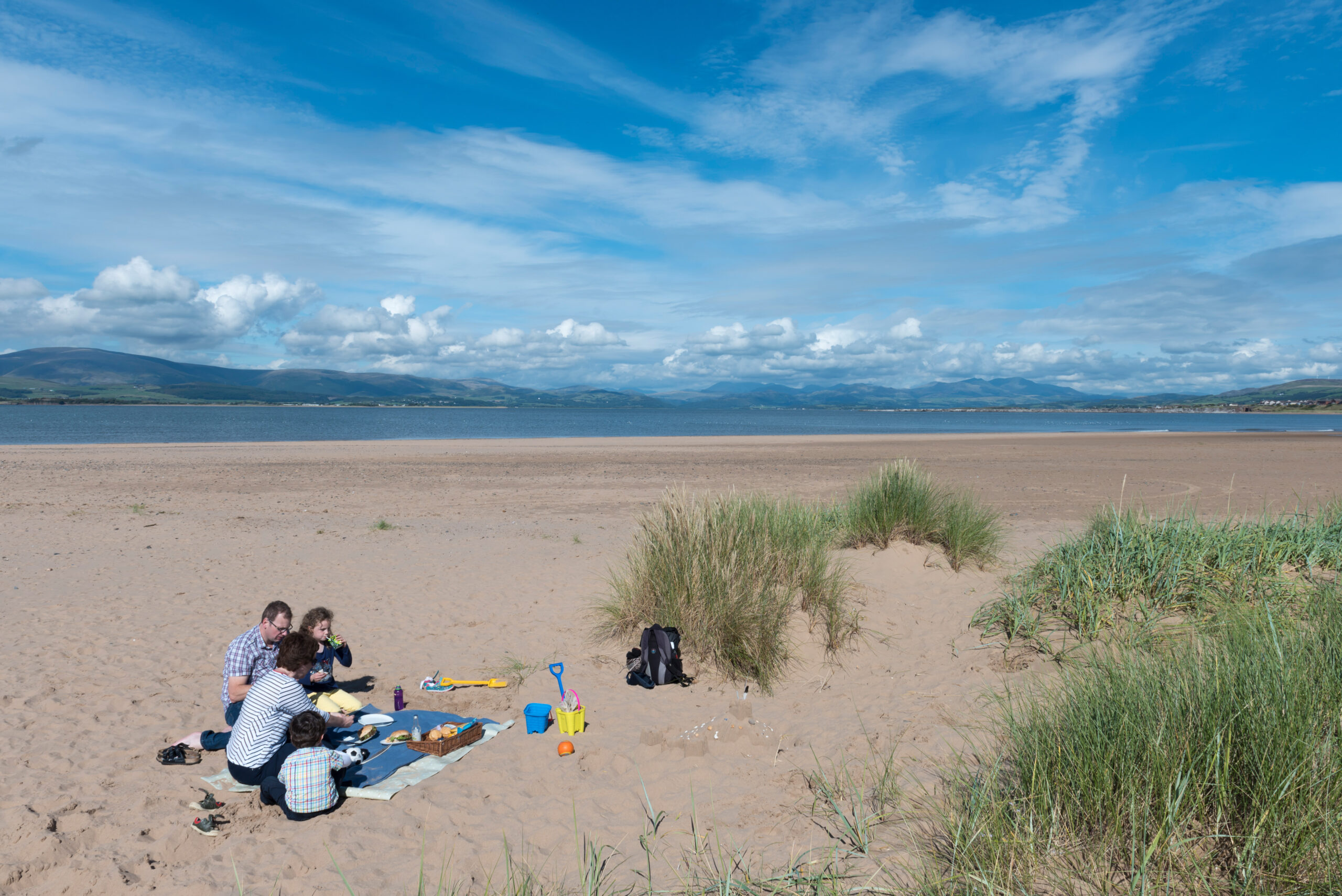FOUR decades of conservation action by volunteers and a charity is helping to protect one of the UK’s most botanically rich coastlines on the south coast of Cumbria.
 Sandscale Haws on the Duddon Estuary is a National Nature Reserve and under the care of the National Trust. Its golden sand dunes and wetlands support a wealth of wildlife, including birds, rare wildflowers, butterflies and insects and 25% of one of the UK’s most protected and vocal amphibians, the natterjack toad.
Sandscale Haws on the Duddon Estuary is a National Nature Reserve and under the care of the National Trust. Its golden sand dunes and wetlands support a wealth of wildlife, including birds, rare wildflowers, butterflies and insects and 25% of one of the UK’s most protected and vocal amphibians, the natterjack toad.
Its tidal sands and dramatic views to the coast and Lakeland fells make it a very special place for nature and locals says area ranger Darren Mason.
And thanks to innovative and species-saving conservation work by the charity many rare pioneer plants on the brink of extinction, survive here [1].
Tasks undertaken by the two rangers and volunteers include managing the different types of vegetation, flora and fauna surveys, checking fencing to keep cows in the right place, and getting involved in research and trials.
As Darren explained: “Along with our incredible volunteers, we’ve been looking after this place for 40 years. That’s 40 years of seeing the tide and storms bashing at the frontal dunes and completely changing the dynamic of the beach and dunes. It’s 40 years of clearing scrub in the winter to keep the sand dunes open. And 40 years of keeping pools wet for natterjacks to spawn, monitoring plants, flowers, fungi, birds and invertebrates which make this unique place their home. It’s also 40 years of balancing the role of welcoming people in to enjoy this special place while making sure that wildlife doesn’t lose its special place.
“Sandscale Haws is a very tranquil place and a hidden gem. Locals come once or twice a day, often for dog-walking, families visit in the summer looking for shrimps, peeler crabs and young flounder fish. We also get nature lovers coming some distance to see the coralroot orchid, or the red listed Dune helleborine, or for spectacular bird watching and to hear our very noisy natterjack toads,” added Darren.

The dunes are constantly changing, battered by winter storms which move the sand, and the oldest is thought to be 4,000 years old. Rangers work with the moving shoreline, to protect internationally important habitats for wildlife. A key activity is trying to prevent the whole of the sand dune system from turning into woodland. Which would result in the loss of critical habitats for rare pioneer plants to grow and as well as places for insects and animals to burrow.
Away from the beach, there is grassland, fen, marsh, saltmarsh and heathland. They are home to a wide variety of plants including Round-leaved Wintergreen, Grass of Parnassus, Sea Lavender and Heath Bedstraw. The pools that remain there are also alive with dragonflies and damselflies.

“With the impacts of climate change starting to be felt, places like Sandscale Haws are even more important,” said Darren. “Both for protecting critical infrastructure such as the railway line, and prime agricultural land against flooding and as vital homes for nature. It makes our work here very rewarding and worthwhile.”
To celebrate the anniversary of the National Trust looking after Sandscale Haws, and alongside the usual events, a film is being produced. It will be shown at the end of the year and it will reflect the wildlife and people at Sandscale and why it’s so special.
For more information visit https://www.nationaltrust.org.uk/visit/lake-district/sandscale-haws-national-nature-reserve







